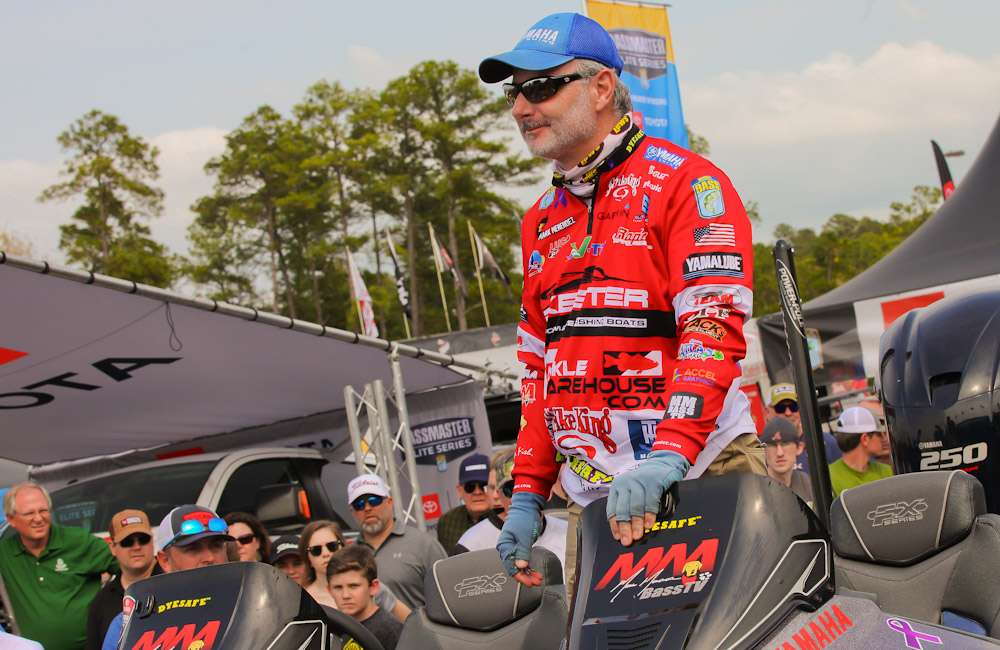
It’s late spring or early summer in most of the country. That means it’s time to break out your big plugs and go fishing. The bass have come off the beds. They’re dumb, and they’re hungry. It’s almost like they have a revenge thing against winter.
The place to start is in front of their spawning areas. They won’t move any farther than necessary so they’ll look for someplace close first. Water depth doesn’t seem to be much of a concern to them. It’s warming and isn’t real clear in most places. What is a concern to them is the first contour change out from the spawning spots where there’s a hard bottom.
We need to define contour change broadly. It can be anything from a gentle slope up or down, or a straight up or down cut. And I include underwater points in my definition of a contour change. Really, anything that changes the shape or depth of the bottom qualifies.
I define hard bottom just as broadly. It doesn’t have to be granite.
A mixture of shells, sand, gravel or anything that isn’t covered in mud or muck will be hard and that’ll make it to their liking. Current is important in my hard bottom idea, too. It helps keep suspended solids away. They don’t accumulate on it. That keeps the bottom clean, and clean keeps it hard.
The truth is, though, that as important as finding the right area is it’s only the first step. Step two is the lure you use. These bass are aggressive. The baby making is over. It’s time to eat. And so big, easy to find and grab plugs are what will put them in the boat.
My first choice is always something that makes a lot of noise. For some reason that fires them up and gets them going. My top choices are Strike King Pro Model 6XD or a 5XD crankbaits. They have the size and the bulk to give the bass what they want when they come off the beds. Both of these lures come with and without rattles. We’ll talk more about the silent models in a minute.
At times I’ll go with a Strike King Series 5 crankbait, but only if I can’t get a bite with the XD models. The body on the Series 5 is smaller. In some waters where the forage is especially small it’s a better choice.
I usually have about five rods rigged on the deck of my boat, but they’re all rigged with crankbaits. These are schooling bass, all bunched up in one place, and so when one bites I want to be able to throw right back into them with the same or similar lure.
Sometimes when I do that they’ll stop biting the noisy models so I have a couple of silent models rigged and ready. I don’t know why that happens other than maybe the feeding response actually gets to be too much for them when they feel and hear the rattle and so the silent models actually calm them down and make them bite.
You’ll notice that I haven’t said anything about color. That’s because it doesn’t matter much, not here anyway. This is a true reaction bite. I just throw light or dark. When I’m in doubt I try to find something that looks local.
It sounds simple, doesn’t it? All you need to do is find the right spot and fish with the right lure…
Next time we’ll start talking about why bass bite certain lures. We’re not going to cover their sight, smell or feel senses, however. We’re going to talk about how lures behave in the water and what it is about them that gets a bass’ attention.

